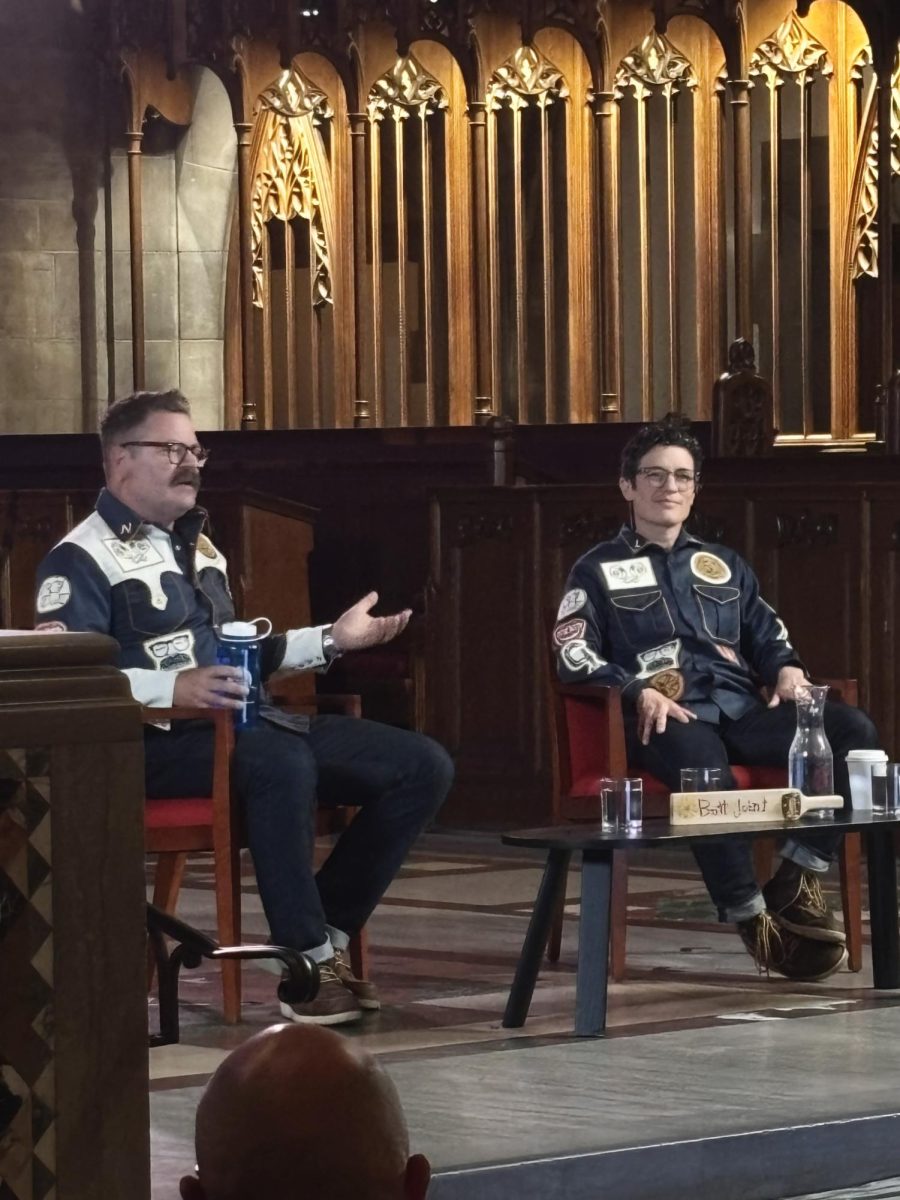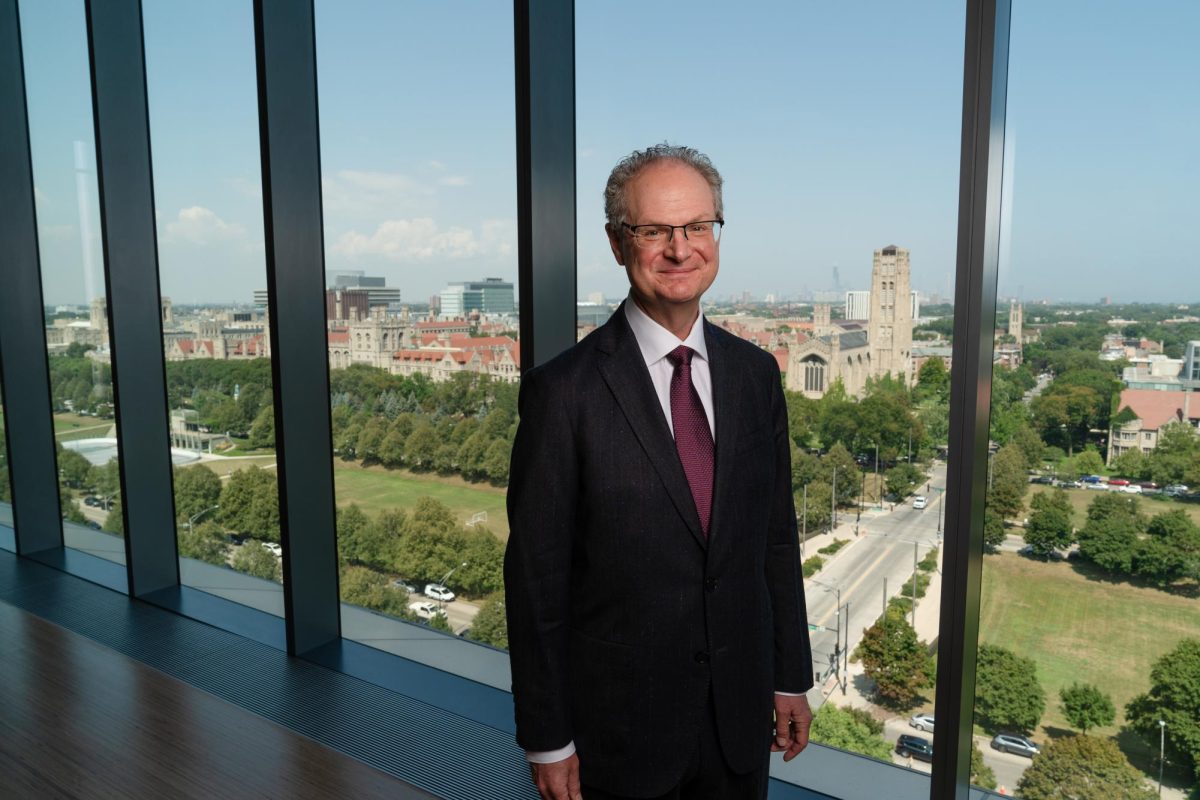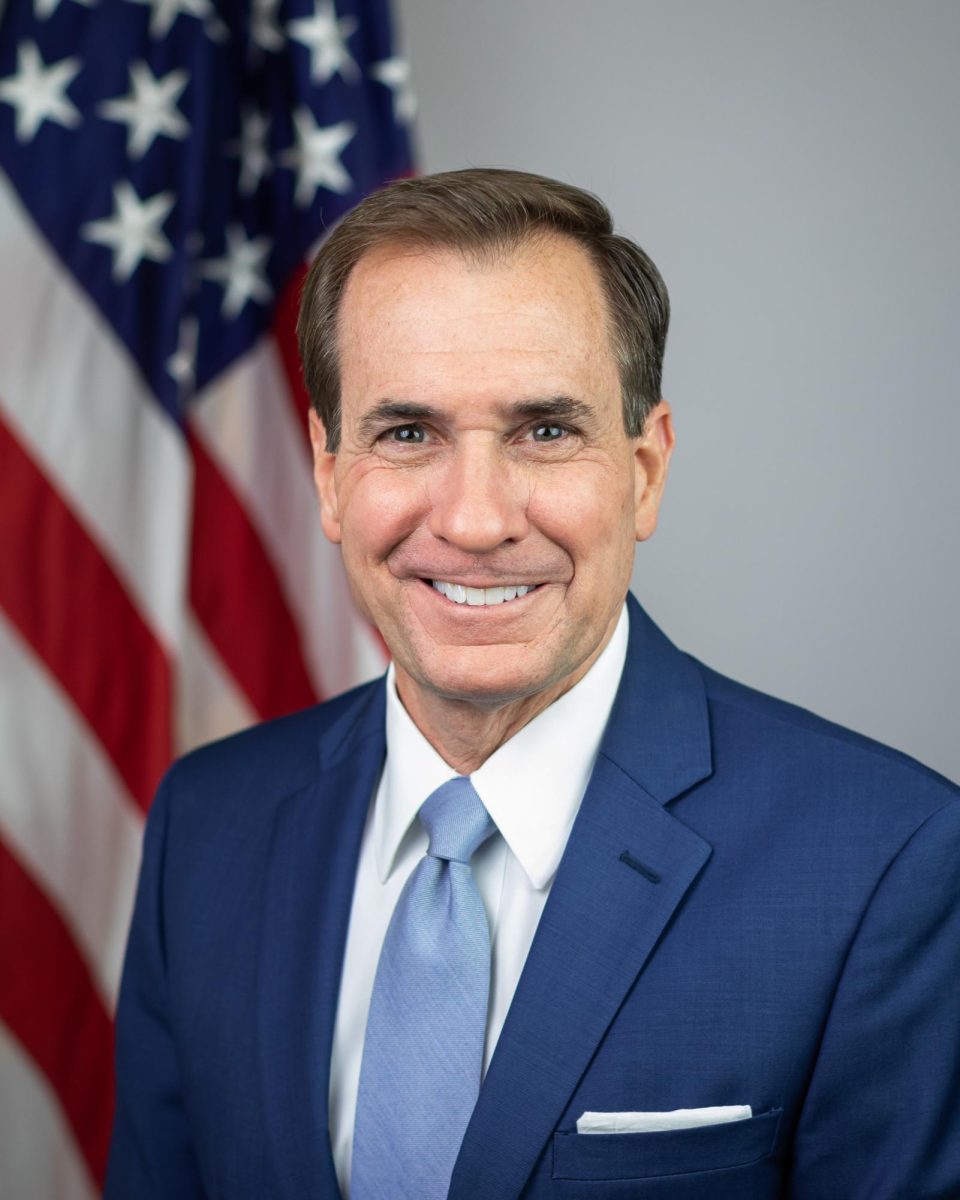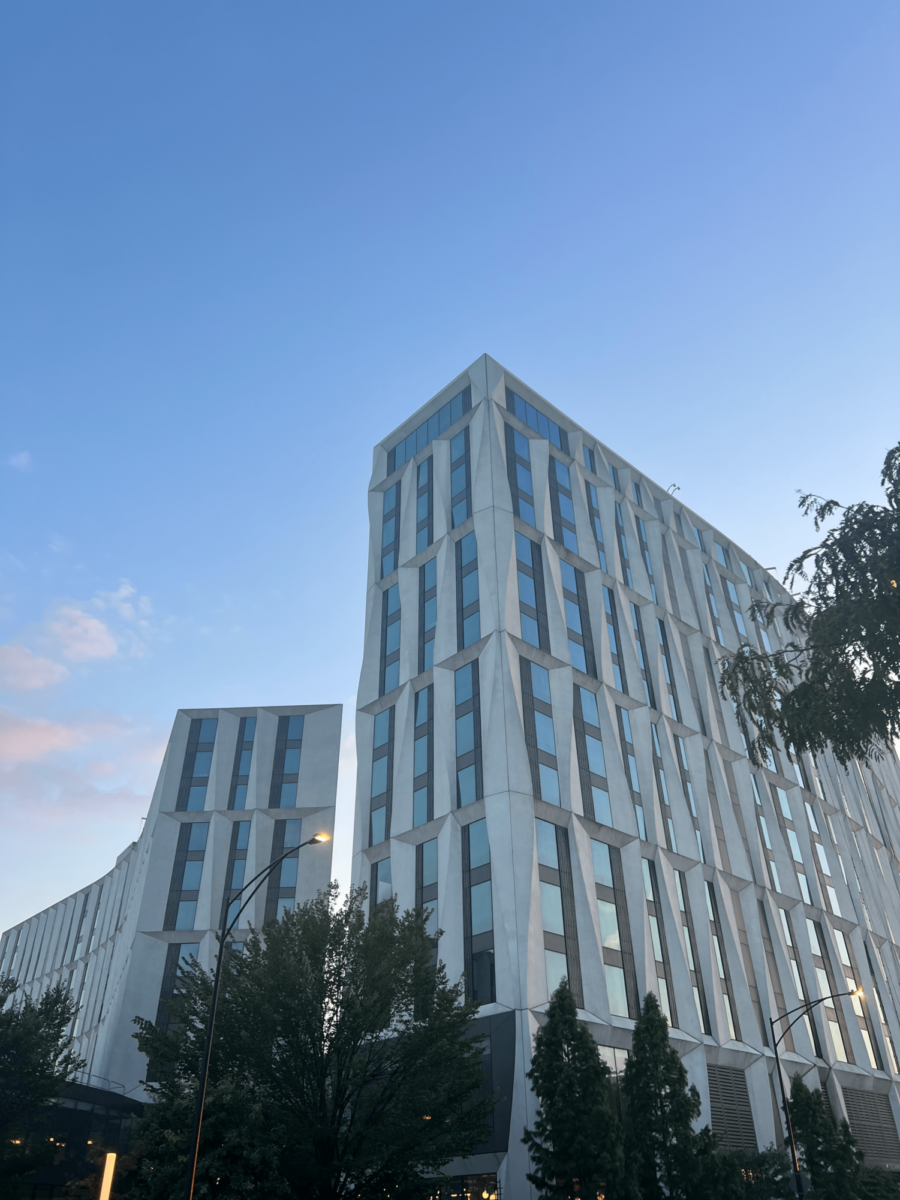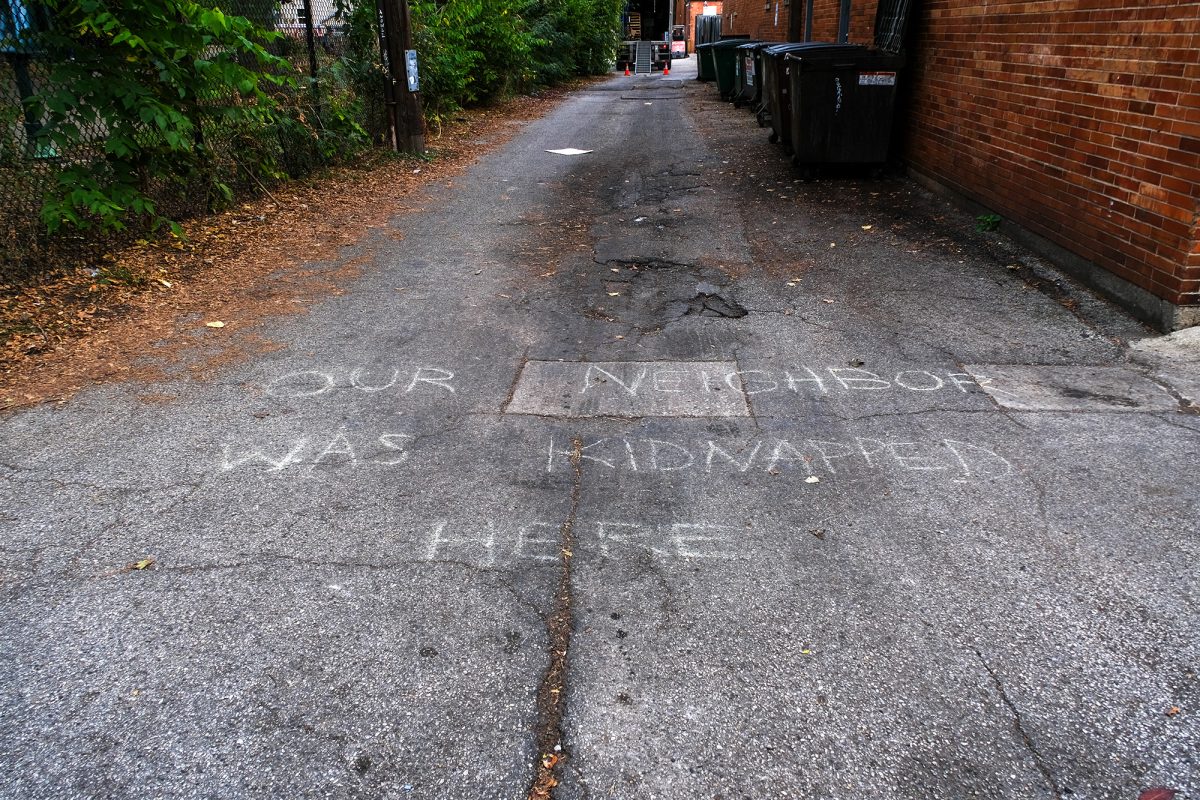Claims of racial discrimination by current and former employees of the Department of Energy, stationed in the Chicago office of the DOE at Argonne National Laboratories, have resulted in a lawsuit that may go to trial this year.
The employees, who worked in the Safety and Technical Services division, claim that supervisors received substantial bonuses—”superbonuses” in the range of $10,000 dollars—for hiring minority applicants, which encouraged the supervisors to phase out white male employees by transferring them to the overstaffed division.
“Subordinates did the hiring, and if they met their diversity goals, then the supervisor gets bonuses. All one happy family getting bonuses,” said John Kasprowicz, a former STS employee who was transferred from the division in 1997.
The Department of Safety and Technical Services was created in 1995, and employment in the STS reached a high of 47 during the early 1990s. According to Kasprowicz, during peak periods of employment, as many as 15 people would have little or no work to fill their days.
“You have 10-15 people who are working 75%. The remainder were transferred in, and the managers were expected to find work for them, and they never did,” said Kasprowicz. “My workload, which was at one point six hours, was reducing to five hours to four hours to three hours. Every private industry and government is cyclical. But this was extreme. There was no cycle. There was a downhill line. I didn’t see the trough coming back up.”
At one point, Kasprowicz says, he took a part-time job as a shoe salesman out of boredom.
According to the plaintiffs, this reduction in workload was combined with an atmosphere of harassment in order to push STS employees out of the DOE. “[My supervisor] would use obscenities and profanities if I left my desk for half an hour to go to the contract division to talk to a specialist,” said Kasprowicz. “He’d say, ‘Next time tell your secretary.’ He didn’t tell this to anyone else.”
The lawsuit claims that this work environment resulted from the existence of such superbonuses. “What will employees do for $10,000? You dangle this carrot out there there will be a lot of people who will go for that carrot,” said Kasprowicz.
DOE spokesman Brian Quirk denies the existence of superbonuses for diversity standards, saying that only two such bonuses were awarded, one in 1988 and one in 1989—before the claimants state that job discrimination began to occur—and that they were not targeted towards diversity goals.
“The superbonuses had nothing to do with hiring, nothing to do with diversity,” said Quirk. “All the bonuses that are ever paid are based on performance, on superlative achievement. One guy was the project manager for the construction of the Advanced Proton Source. He won several awards from project management associations, so we recognized that.”
Furthermore, Quirk says, the two superbonuses were not as high as defendants claim, instead being in the range of $5,000-$7,000.
In 1990, according to Quirk, diversity was specifically a part of performance goals, but this system was reevaluated in order to address the problems that the plaintiffs claim were rampant.
“For one year, not the same year the superbonuses were paid, diversity was part of a manager’s evaluation,” Quirk said. “Many managers said, ‘I am not going to achieve my goal by promoting someone who is a minority or a woman when a white male is more qualified.”
“So then how do you accomplish your diversity goals? If they don’t even have a job opening, how do they accomplish their goals? We created additional ways for them to demonstrate their commitment to diversity. They could attend Equal Employment Opportunity training, or encourage their employees to become EEO counselors. We created a program to bring several students per year from black universities as interns. We set up the system so that we could encourage diversity within the law.”
The seven DOE employees counter that supervisors, during the 1990s, began to hire minorities over more qualified applicants.
Kasprowicz says that, at one point, he asked for a “desk audit,” in order to determine the level of work he was doing. His supervisor wrote the head of Human Resources, and Kasprowicz was given a temporary promotion to a higher job level.
“When I got to the [temporary position level], my responsibilities were the exact same,” Kasprowicz says. “It tells me they were able to justify the promotion for three months. This routinely happened to white males. They’d give them a bonus but they wouldn’t promote them.”
Soon after, a female employee was given a permanent promotion to the level Kasprowicz worked at temporarily, and he approached his supervisor.
“He said, and I quote, ‘I didn’t approve of her getting the [promotion], I wanted another employee, a white male, to get it but I wouldn’t get anywhere in Human Resources.”
The lawsuit claims that one supervisor hired 29 employees between 1989 and 1993, 26 of whom were minorities.
“We’ve searched our records and we have no idea what they’re talking about,” Brian Quirk said. We don’t know what period of time they’re discussing and there’s no period of time when there would have been that kind of disparity.”
The workforce in the Safety and Technical Services division has fallen to 18. According to Kasprowicz, he and some of his colleagues were forced out through the denial of promotions and pressure from supervisors.
“The reason they left was that they were under hostile conditions. I wrote the manager of the office, who I didn’t think would be tainted by any of the stuff in the office, to tell him that the division is a hostile work environment. I sent him the letter, I got no response. I’m standing by the roadside bleeding, and he walked right by.”
Kasprowicz eventually submitted his time cards to the inspector general of the Department of Energy, and was soon transferred to another department, where he has found a better atmosphere.
“My new supervisor is allowing me to go back to grad school to get my MBA. My supervisor in STS wouldn’t let me do any educational studies.”
Quirk, however, said that the decreasing numbers in STS are the result of retirement plans offered to employees.
“As you stay in longer, it becomes more attractive to retire. The federal government, in an effort to reduce the number of employees and to increase efficiency, offered small inducements to people who might be interested in retiring early. That inducement was designed for excess employees in these job categories. Every engineer [in the Chicago office] was offered that opportunity. People have retired [from STS] voluntarily at approximately the time they would have retired.”
According to Quirk, the practice does not involve diversity goals or quotas.
“We want a workforce that is diverse. We work hard to recruit, train, and promote people who are minorities and women. We do not have quotas.”



